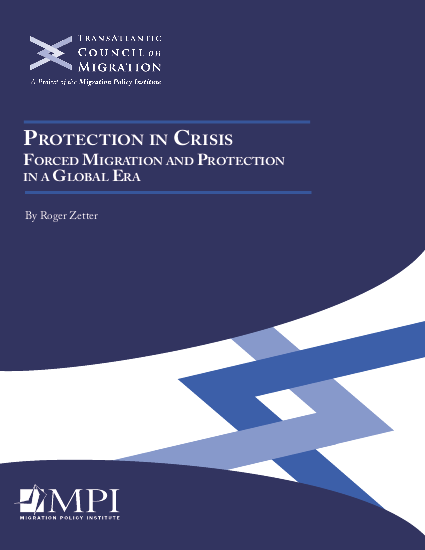
The contemporary drivers of forced migration are complex and multicausal, rendering protection predicated on persecution increasingly problematic and challenging to implement. In particular, the blurring of the lines between voluntary and forced migration, as seen in “mixed” migration flows, together with the expansion of irregular migration, have contributed to an increasing range of “protection gaps” and to the diminution of “protection space.” Forced migrants who fall outside the recognised refugee and asylum apparatus — and even many of those who qualify — face mounting risks.
The aim of this report is threefold. First, it analyses contemporary drivers and emerging trends of population displacement. Second, it lays out and assesses the key areas where the international protection system — and those countries hosting displaced populations — are currently most under pressure as a result of population displacement, and it assesses how these pressures may evolve in the foreseeable future. Third, it assesses the implications of these trends for policymakers and the protection obligations of national governments, and key international agencies.